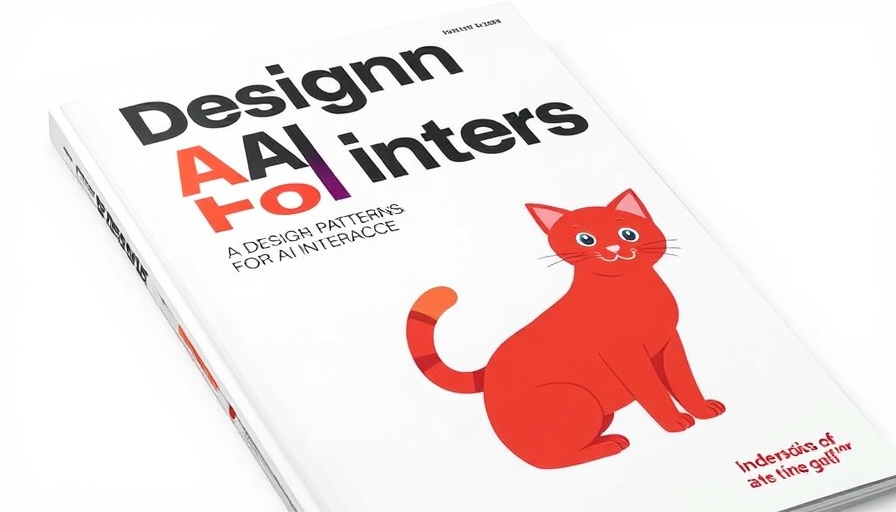
Unlocking the Future: The Critical Role of Design Patterns in AI Interfaces
As artificial intelligence (AI) continues to evolve, the demand for intuitive and effective interfaces becomes increasingly vital. Whether you're a seasoned developer or stepping into the world of interface design, understanding the nuances of design patterns for AI interfaces is essential. This article provides a structured approach to crafting user experiences that not only engage but also retain user attention.
The Value of Design Patterns: Why They Matter
Design patterns serve as templates for solving common design problems. By following established patterns, developers can create more predictable and user-friendly interactions. For AI interfaces, this is particularly significant. Users often feel unsure about how to interact with AI, which can lead to frustration if their expectations aren't met. Using design patterns gives designers a roadmap to navigate these challenges, resulting in smoother and more efficient user experiences.
Exploring the Process: Steps to Effective AI Design
Starting from the basics, designing an AI feature involves several key steps:
- Identifying User Needs: Understanding what users expect from AI interactions is crucial. Conduct surveys and interviews to gather insights.
- Creating Prototypes: Develop low-fidelity mockups to visualize interactions. This allows for early user testing and feedback.
- Iterative Testing: Use A/B testing to refine your designs based on real user responses. This ensures the final product aligns with user expectations.
These steps, built on tried-and-true design patterns, encourage a systematic approach that enhances usability.
Cultivating User Engagement: Retention Strategies
One of the greatest challenges in AI interface design is ensuring that users return after their initial experience. Here are some strategies to promote long-term engagement:
- Personalization: Tailor experiences based on user behavior and preferences to create a sense of ownership.
- Feedback Loops: Implement mechanisms through which users can provide feedback. This not only enhances the product but also shows users that their opinions matter.
- Gamification: Introducing elements of gamification can make interactions more enjoyable, motivating users to return.
By focusing on retention, developers can ensure their AI interfaces are not just fleeting experiences but become integral parts of users' lives.
Looking Ahead: The Future of AI Interface Design
As AI technology becomes increasingly sophisticated, so too must our approaches to interface design. Future predictions suggest that AI will become more context-aware, allowing for even more personalized interactions. Emphasizing inclusive design patterns will become crucial, ensuring that AI interfaces cater to diverse user needs.
Equipped with well-defined design patterns, designers can create innovative AI features that resonate with users, ultimately transforming how they interact with technology.
The journey towards effective AI interface design may seem daunting, but by embracing design patterns, developers can create intuitive and engaging experiences that not only capture but also hold users' interest.
 Add Row
Add Row  Add
Add 




Write A Comment